
Holistic brands: Tabasco and the nature of geographic reference. Brands with a story that are linked to place.
I’m looking for True Brands.
What I seek is:
A story.
A person.
An offering.
Integrity in the making.
Care fullness — in the distribution.
And a legacy that continues.
I was giving a talk before a design group recently and someone asked me about the concept of holism in brand experience. Everyone talks about it, but what’s it really mean? How robust could holistic experience be? A restaurant, to reference, might be the closest to wholly lustrating the storytelling of a brand. And having worked on a number of them, the idea of the multiple senses that come into play could be best represented in the layering of dining experience, particularly given the notions of scent and taste. But bring that down to a product and who else might captivate to that degree of integration?
The senses of touch, scent, taste, hearing and sight could be articulated as the foundations – but you could expand on that to consider the sensation of balance, intuition and instinctual connection and memory — more to that exploration here: the eight senses of experience design. I’m certain that psychologists might consider that the idea of adding senses to experiencer exposure to be ludicrous. My knowledge is only based on what I’m thinking about — how I contemplate the idea of what happens in my sensation of place — the sphere of living.
To the question from the audience and my answer: Tabasco.
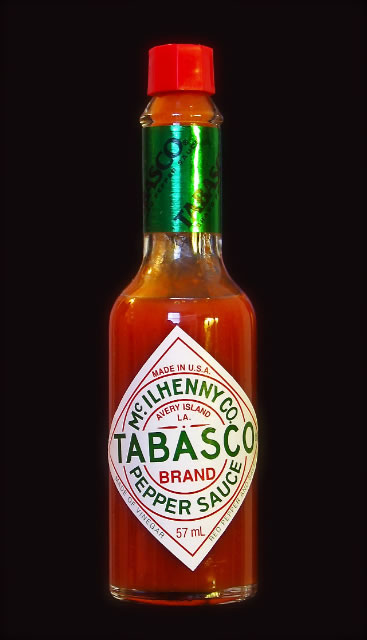
First, there’s the bottle, precisely shaped, then there’s the context of labeling and neck banding, the red cap closure — these attributes of shelf relationships and product reach at merchandising level. These are two distinctions that are striking — and interestingly, graphically linked back to the founding legacy of the brand, and the story that lies within. That story is pretty interesting — and a compounds a continuous familial heritage.
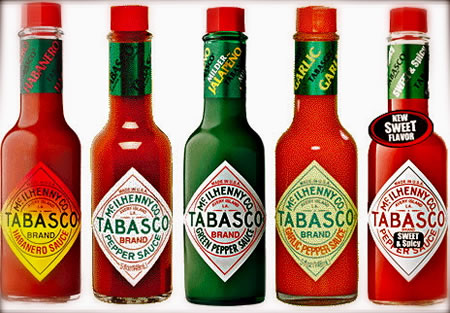
The notion of the McIlhenny family’s distinct positioning — “family-owned & operated” started in 1868, and according to the site, “founded in 1868 on Avery Island, Louisiana, and still family-owned and operated on that very site.”
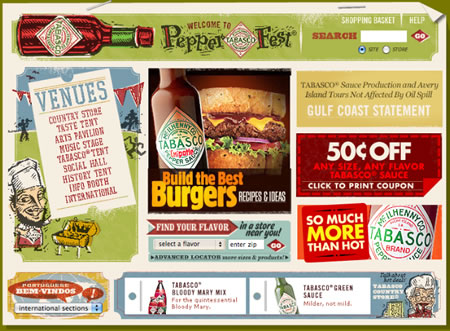
The foundation, according to family tradition, the “Original TABASCO®brand Pepper Sauce was created in the mid-to-late 1860s by Edmund McIlhenny. A food lover and avid gardener, McIlhenny was given seeds of Capsicum frutescens peppers that had come from Mexico or Central America. On Avery Island in south Louisiana, he sowed the seeds, nurtured the plants, and delighted in the spicy flavor of the peppers they bore.”


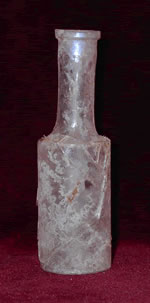
A historical note continues, “the diet of the Reconstruction South was bland and monotonous, especially by Louisiana standards. So Edmund McIlhenny decided to create a pepper sauce to give the food some spice and flavor — some excitement. Selecting and crushing the reddest peppers from his plants, he mixed them with Avery Island salt and aged this “mash” for 30 days in crockery jars and barrels. McIlhenny then blended the mash with French white wine vinegar and aged the mixture for at least another 30 days. After straining it, he transferred the sauce to small cologne-type bottles with sprinkler fitments, which he then corked and sealed in green wax. (The sprinkler fitment was important because his pepper sauce was concentrated and best used when sprinkled, not poured.)”
Over 140 years later, TABASCO® Sauce is made much the same way except now the aging process for the mash is longer – taking up to three years in white oak barrels and the vinegar is high quality distilled vinegar.

What I find fascinating about this relationship — to family, is the notion of place, the distinctive alignment to an actual location. Surely we all know of brands that have this kind of referential signature to environment — and this rounds out the character of the brand. I’ve never been to Avery Island — but I’d like to go there, just to explore this concept further. And besides that, I savor Tabasco. A touch of Tabasco will fuel just about any food.
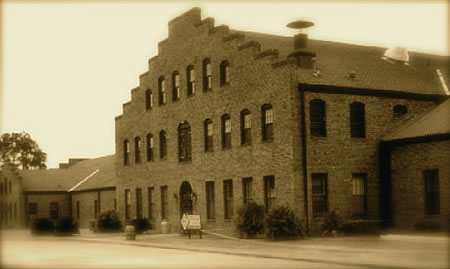
The Tabasco factory on Avery Island
Working on geographically based brands — brands that are linked to a certain place is an attractive range of integration in strategy, celebrating not only the familial qualities, but as well, the idea of a location from which the spirit of the brand derives its sense of context. In an earlier story, about our work for another southern brand, Cheerwine, there is a strong sense of involvement and connection to the entire Carolinas for the love of this brand being evocative of their place. People tend to hold such strong memories about their “flavors” that the link between them manages a deeper link to the minds of the people — they hold the brand to heart, in a varying manner than just “another product.” This was pointed out in the recent article in the NYTimes, referencing the context of place and brand.
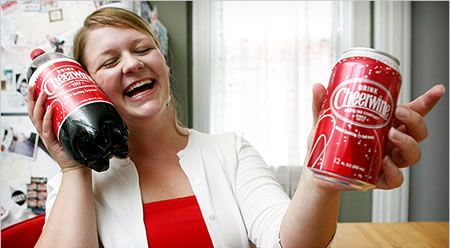
Anna Sturgeon with Cheerwine mementoes from the Carolinas | Mark Lyons for The New York Times
Going someplace to reconnect with the holistic attributes of the brand bespeak completeness. She notes that Cheerwine, once something forbidden to her as a child, is worth traveling hours to link that sense of real place to real taste, in recollection. As well, despite her enthusiasm for the drink, she will not patronize online purveyors because, she said, it is all about being there.
“The anticipation, it’s the entire experience,” she said. “It’s walking into the convenience mart, seeing the display, grabbing one and cracking it open and it being so cold and refreshing. It cannot be matched by opening up a mailbox.”That sense of place, memories and is revealed in some of the commentaries in the NYTimes article — food, place, souvenirs and experiences. And surely Tabasco fits into this array — still with a wider distribution. Sarah Maslin Nir, in her reference to the concept of food gifts and mementoes, notes that, “Food souvenirs are food, but they’re also souvenirs, and as such are evocative of people and places.”
Michael Stern, the founder of Roadfood.com, a collective Web site about local foods and restaurants across America, and the co-author of many books on those subjects, reflects “The whole experience of getting it in its context is something you cannot duplicate if you’re not there,” Food extractions from a place of happy memories are “appealing for the same reasons that anyone travels anywhere. We could all sit in our den with the windows closed and watch TV and see every corner of the world, but having the experience of breathing the air somewhere other than our living room — the whole, complete sensual experience — isn’t something you can replicate.”
All of these, along with an extensive reference on the concept of food, love and place in experience, suggests a thriving culture of authentic enthusiasm. The “true self” of enthusiastic embrace of brands, truly “made-in-place” is meaningful, and while we might consider that the current milieu is something that forces numerous production of brands off shore, there might be a gently expanding renewal of “small brands, made-local, made-special.”
We like that – special, regionally distilled, authentic branding made of true stories and a legacy of integrated thinking — designed wise, inside and out.
Spice merely adds to the story.
We care about this query: what’s your story, who’s telling it, how does it feel, and who cares?
Tim
–––
LUXURY AND LEGACY: AUTHENTIC BRAND DEVELOPMENT STRATEGIES:
the reels: http://www.youtube.com/user/GIRVIN888
girvin blogs:
http://blog.girvin.com/
https://tim.girvin.com/index.php
girvin profiles and communities:
TED: http://www.ted.com/index.php/profiles/view/id/825
Behance: http://www.behance.net/GIRVIN-Branding
Flickr: http://www.flickr.com/photos/tgirvin/
Google: http://www.google.com/profiles/timgirvin
LinkedIn: http://www.linkedin.com/in/timgirvin
Facebook: http://www.facebook.com/people/Tim-Girvin/644114347
Facebook Page: http://www.facebook.com/pages/Seattle-WA/GIRVIN/91069489624
Twitter: http://twitter.com/tgirvin